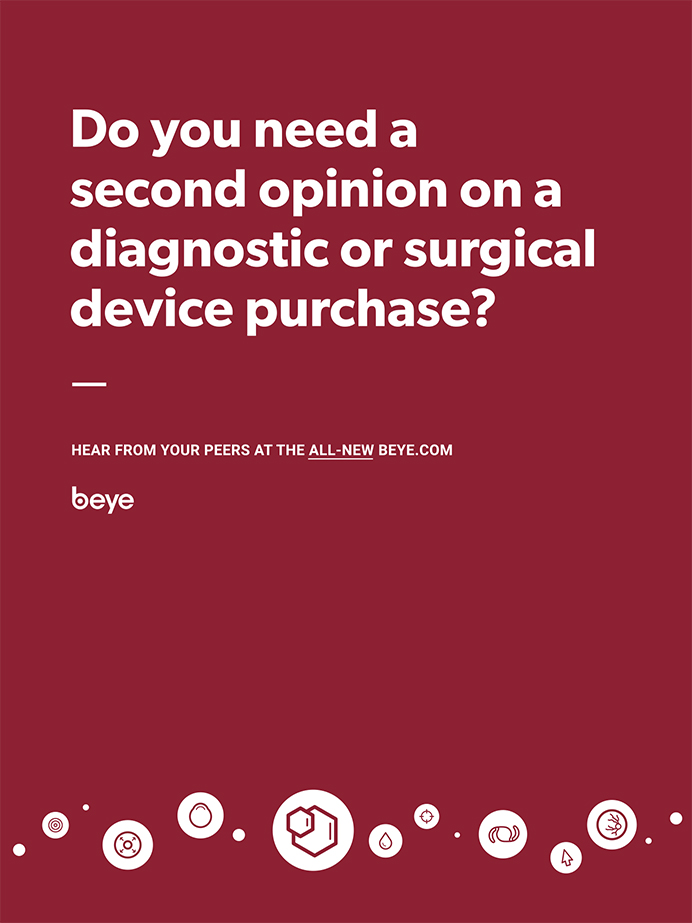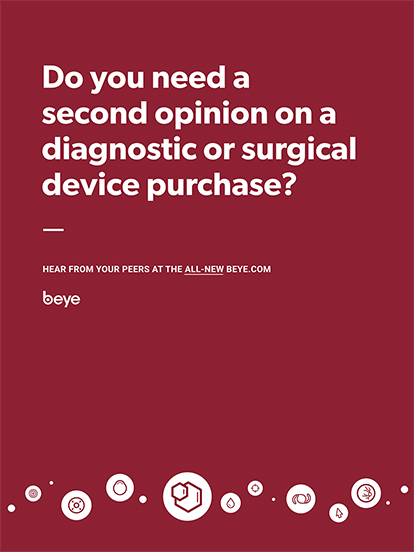Meetings that do not allow optometrists to be present—that is, meetings where education is not shared between the professions and where MDs and ODs can’t gather to share information—are archaic and close-minded.
The future of eye care is in collaboration. This allows for professionals and patients to win. The eye under examination does not know if it is being seen by an optometrist or an ophthalmologist. It just wants the best care. I believe that by working together, ODs and MDs can maximize efficiency and can serve the most patients with the highest quality care.
WORKING WITH A SURGEON
My view on this matter is colored by my unique professional experience. I spent 20 years in private practice before becoming involved in the surgical side of eye care in March 2000.
After giving my patients “wait and see” advice about LASIK for years, I felt that advancements in LASIK technology had made it a viable option, and I elected to have LASIK surgery myself in 1998. As a high myope and wearer of rigid gas permeable lenses, I had a lot to gain by undergoing LASIK. I decided to have Jeffery J. Machat, MD, FRSCS, DABO, perform the procedure after hearing him lecture at an optometric meeting. Here was an ophthalmologist I never heard of who was actually educating optometrists on eye surgery! Even more impressive, he wanted optometrists not only to refer patients to him but also to participate in postoperative care. It was a new era.
AN OD IN THE OR
My life completely changed after my surgery. I was so excited about these changes that I began talking to all my patients about LASIK. Before I knew it, I was Dr. Machat’s highest referral source. I realized that even though I had counseled patients during their preoperative examinations, many of my patients were still a bit frightened. Dr. Machat invited me to accompany these patients in the OR to ease their anxiety.
Low and behold, this approach worked. It made Dr. Machat’s life in the OR easier and it also put the patients at ease. After about 18 months of collaborating in the OR, Dr. Machat asked if I would consider leaving private practice and joining the surgery world. I jumped at the opportunity. It was exciting but daunting, as there was much to learn, but I was eager to be a part of something new that was changing the landscape of eye care.
EDUCATION
Dr. Machat and I agreed that in order to fully comprehend the surgical aspects of eye care, I needed to think like a surgeon when I encountered a patient.
In the Practice
I shadowed Dr. Machat for a few weeks. I listened to every consult, sat in on every postoperative examination, and learned his thought processes. This helped me understand the technology and the procedures he used during surgery. It deepened my understanding of preoperative patient examinations and educated me on determining candidacy for particular technologies. After mastering these portions of patient care, Dr. Machat had bandwidth to do more of what he preferred: surgery itself.
At the Meetings
I accompanied Dr. Machat to a number of major ophthalmology and refractive surgery meetings in Canada, the United States, and Europe. I joined him in meetings with vendors, contributed to discussions with surgeons, and attended lectures. These meetings provided an opportunity to receive invaluable knowledge from world-renowned surgeons and scientists that made me the best clinician I could be.
Unfortunately, I’ve found that few optometric meetings offer advanced surgical courses with actual surgeons at the podium, as many of the meetings focus on the traditional scope of optometry (ie, contact lens technology, early disease identification and treatment, and understanding the materials marketplace). Ophthalmology meetings, on the other hand, offer the best education in the surgical realm.
An increasing number of cataract and refractive practices are working with optometrists to maximize efficiency and patient satisfaction. Nearly 85% of patients are first examined in an optometric practice before making their way into a surgical facility.1
WORKING TOGETHER, LEARNING TOGETHER
Surgeons who want optometrists to function as a team member in a collaborative setting ought to advocate for optometrists to attend surgical meetings. If we wish to work alongside one another as colleagues in a practice, then we must be willing to learn alongside one another at an academic meeting.
Competition between the two professions should be a thing of the past; collaboration between optometrists and ophthalmologists is the model of the future. Inviting those optometrists to ophthalmology meetings will prove that we are all serious about improving education and helping patients achieve great postoperative results.
- The State of the Optometric Profession: 2013. American Optometric Association. Accessed April 25, 2018. www.aoa.org/Documents/news/state_of_optometry.pdf






